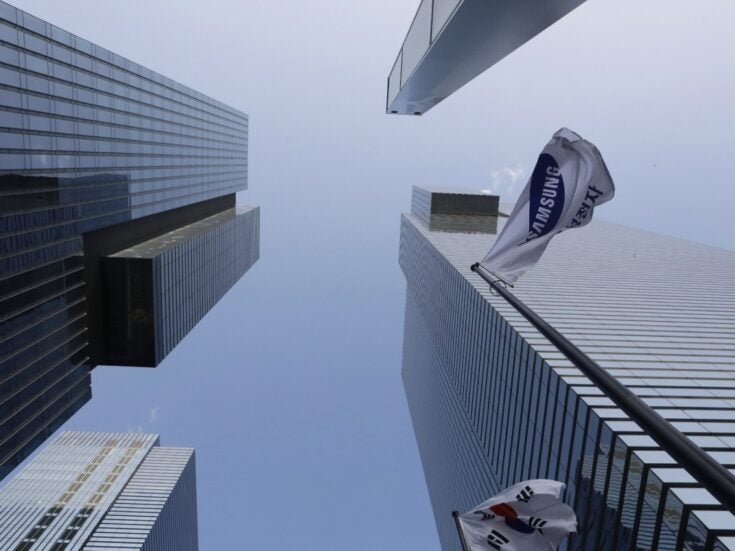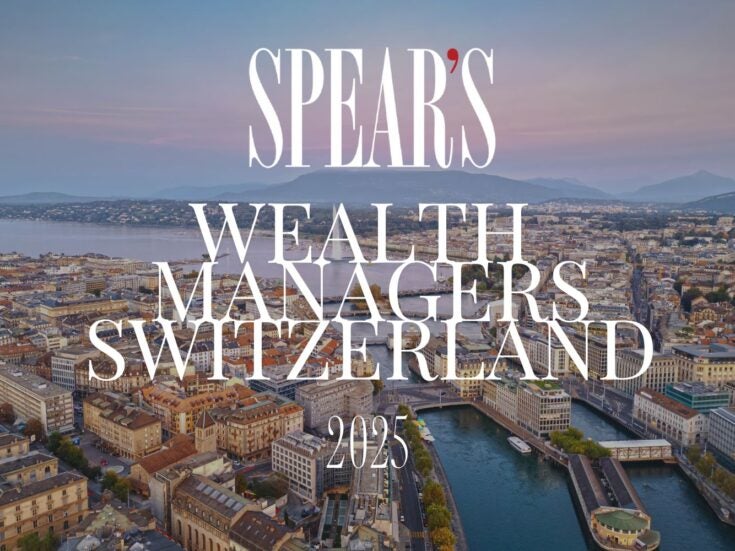
Inflation is turning that portfolio stalwart, the bond, into a wealth manager’s worst enemy, says Freddy Barker. How do you get out of this bond bind?
THE CHANCELLOR RECENTLY told us that, similar to the chaos-causing winter snow, we are now experiencing the wrong type of inflation. This has not gone unnoticed in the City, and Crispin Odey, for one, is so bearish about bonds that he has taken them out of private-client portfolios completely.
Such an eventuality has serious ramifications for HNWs as bonds typically account for 40 per cent of balanced mandates in the UK. It implies that the asset class which has delivered 7.7 per cent a year above inflation on average from 1982 to 2008 cannot be relied on for the present. Thus wealth managers have a key decision to make: do they trust in tradition by maintaining a bond presence but underweighting them 10-20 per cent, or copy the credit-crunch clairvoyant by removing them from portfolios entirely?
The sink-or-swim call will be based on UK inflation, because rising prices today lower the value of bond coupons tomorrow. Currently, the CPI is at a 28-month high of 4.4 per cent, more than double the Bank’s target, and the Stonehage Affluent Luxury Living Index (SALLI), the best barometer of luxury inflation with a basket of goods ranging from Beluga to breast ops, is not far behind.

There may be cause for alarm here among the wealthy, as Ronnie Armist at Stonehage predicts that the relationship will change. The reason is that premium prices are not yet factored in and that as the economy recovers, the SALLI will race ahead of the CPI. The driver will not just be the burgeoning amount of money chasing a finite supply of luxury goods. It will also be optimistic buyers not negotiating on price in the good times. The trend has precedents, most notably in 2006 when the CPI was 2.8 per cent but the SALLI jumped to 6 per cent.
Those reminiscing with a scowl about Seventies-style inflation should heed a warning from Tim Bond at Odey Wealth: ‘Inflation is back, and very few of the major economies can afford the period of sub-par growth needed to discharge the pressure. In Europe and the US, there is very high government debt. In China, there is looming social instability. That means a continuing dose of inflation is quite welcome.’
Bond goes further and warns that some wealth managers will not adjust to the new inflationary threat in time. ‘The majority of firms are built on optimisation models which are not very good at tipping points because broadly they assume that the future will look like the past. However, several factors, not least of which is inflation, are militating towards a rise in 315-year low interest rates. This represents the mother and father of all tipping points and thus firms who cannot trade quickly will be exposed.’
To counter the imminent rate rise, many have bought index-linked bonds. But far from their being the bulletproof securities they assume, Bond argues that these will experience capital losses. ‘This will happen because real yields will go up in response to a normalising global economy — from current levels of sub 1 per cent to historical norms of 3 per cent — which will push prices down. To give an example, if real yields on ten-year index-linked bonds rise to 2.5 per cent, capital values will fall 8 per cent. Thus index-linked securities are a hopeless hedge against inflation if the starting point is a depressed real yield.’
Mervyn King is the man tasked with navigating the storm. Currently he believes that inflation is 4.4 per cent because of one-off international price rises in food (cereals are up 40 per cent in two years), energy (oil has more than doubled since 2009) and salaries (Beijing’s minimum wage has increased 21 per cent in the past four months), which are being magnified by sterling’s post-crunch depreciation. King thinks that spare capacity in the UK (with unemployment at a seventeen-year high) will combine with the government’s spending cuts (of 2 per cent of GDP every year to 2015) to stave off inflation.

But are these factors really anomalies? After all, the UK has had five years of inflation above 2 per cent on an annualised basis. And when it comes to forecasting, the MPC’s record isn’t great. As Richard Jeffrey at Cazenove Capital points out, two years ago it predicted that inflation would be just 0.5 per cent in the first quarter of 2011. What’s more, it ascribed only a 7 per cent probability of inflation being above the 2 per cent target.
The conundrum leaves the nine-man MPC scratching their heads. At the March meeting, three members were in favour of a rate hike (for the first time since July 2007). Five sat on the fence. And one called for further QE.
One thing is clear, though: inflation is an intensely political matter. On the surface, the coalition loathes it because prices are rising twice as fast as wages, which dampens their popularity. But in reality, they love it. Firstly, because it raises tax, as every year the tax bands stay the same but inflation rises, dragging more and more people into it. Secondly, because many mistake it for wealth, not realising that a rising house price means nothing if purchasing power falls. That the US dollar has fallen 97 per cent in value over the century shows that politicians are slaves to this temptation.
In summary, the Bank of England’s course of action is relatively clear. It needs to keep inflation expectations below 5 per cent but let inflation run to 5 per cent. To do that it has to hike a bit, but less than it normally would. Thus, the market’s prediction of two 0.25 per cent raises before the end of the year is probably accurate.
In light of the changing environment, an investigation into your investment manager’s process should pay dividends. Peter Martin, the managing director of Odey Wealth, the firm taking the strongest stance on the inflation threat, has wise words. He says that a key issue is how your money runner defines risk. Many believe that it is the volatility of returns, a backward-looking measure which assumes broadly that the future will look like the past.
This is worrying because a basic portfolio of 50 per cent equities, 50 per cent bonds will look low-risk to them as the asset classes are more or less negatively correlated on a day-to-day basis (despite the recent abnormality of a very high correlation). But if inflation continues to take off, the future will look noticeably different from the past and this portfolio will lose money. Now that’s risk, says Martin: the permanent loss of capital.
Next comes decision-making. Higher inflation means higher volatility and thus aggressive tactical asset allocation is essential. ‘Clients should analyse their quarterly valuation reports to check how much movement there has been historically between asset classes,’ says Martin. ‘The active managers will have gone from 60 per cent equities to zero per cent in four years, whereas the passive managers will have moved by little more than 5 per cent. In the upcoming inflationary era, the latter approach will prove hopeless.’
As for the lasting effects of inflation, many people think that it hurts the disadvantaged most as they are the least capable of absorbing price rises. In the long run, however, the reverse is true. Inflation narrows income inequalities by transferring wealth from savers (traditionally the rich) to borrowers (traditionally the poor). Governments love the manoeuvre — because it is a tax disguised as growth — and thus HNWs should be on red alert.
Tim Bond, Odey Wealth | odeywealth.com | 020 7208 1400
Selected items from the SALLI basket
Weekly flowers from Orlando Hamilton
Royal Opera House box
Breast enhancement surgery
12 Turnbull and Asser two-fold 200 shirts
Season executive-box hire at Chelsea Football Club
Aston Martin Vanquish S V12
Purdey shotgun
A box of Cohiba Siglo V’s
Limited-edition Patek Phillippe Calatrava
Case of Lafite Rothschild 2000
NetJets entry-level aircraft
Hamley’s 1920s classic Steiff bear
Ten meals at each of Nobu Park Lane, The Ivy, Gordon Ramsay Hospital Road, Hakkasan, Le Caprice, Zafferano







